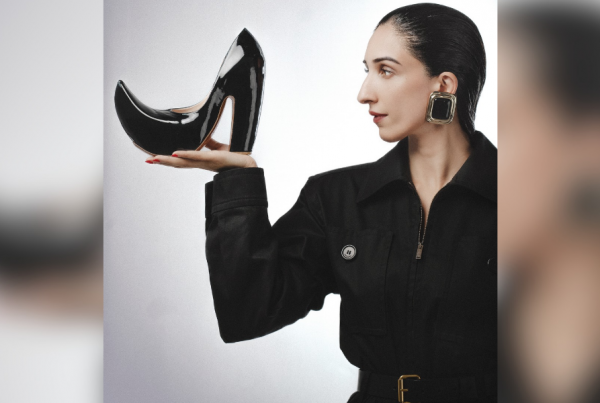Islamophobia is an issue we have on our hands, especially those of us who are Muslim and global citizens at the same time. Right? Yes that is the impression you get when you’re watching the news. But wait, fashion runways and retail operations tell another story. The way we see it, fashion houses – for quite some time now – have been tapping into the Muslim market globally. Runway collections have been exhibiting clothes that are more tuned to Asian buyers, Muslims more specifically. Why is that so? Well…it’s simple economics really.
If you’ve seen Sex & the City 2 you’ll have an idea of how high end fashion from top runways ends up under the hijab.Â
“And there, in a dried-flower shop, halfway across the world…underneath hundreds of years of tradition…was this year’s spring collection..” Carrie Bradshaw recounted of the high fashion she saw in the souk.
In this day and age, the media constructs religious identities, be it through film, advertisement, fashion magazines, news papers or fashion campaigns. It uses images and products in ways that would provoke the set of notions in the minds of the audience either to re-present or reinforce them. The western ideology and mindset gets translated on to media texts that are globally consumed. It is this that brackets certain article of clothing like head scarves, abayas, the shalwar kameez and veil, as symbol of “muslim.â€
Clothes contribute towards the construction of an identity that’s regarded as ‘Islamic’ or ‘modest’. Some outfits add up to the rhetoric of religious symbols or signs. One example of this is headscarf or ‘tesettür’ that is primarily made up of a square/rectangular cut cotton or silk fabric, which used to cover most or all of a woman’s hair or head, leaving the face uncovered. They are a form of modest dressing adopted by women who want to retain an aura of conservatism.
A bunch of American Muslim women called Mipsterz, or Muslim Hipsters, also made a short video of skateboarding in heels and showing off their ultra-stylish hijabi styles to making a bold statement earlier this year. Marwa Atik who’s a 23 year old featured in the video has a label called Vela Scarves that made a whooping sale of 3,200 scarves last year in Los Angles.
How exactly does all this translate to the business of fashion?
It’s quite easy for fashion brands to lure you into buying anything and everything they have to offer. They adopt a new USP (unique selling point) to not only amplify their sales but by heading the trend of carving a new niche for their brand and also in turn fulfilling the demand. It so happens that Islamic fashion is created for the Islamic buyer; that’s Arab royalty, for example, that has the buyer power for couture.
Brands like H&M and DKNY and even Dolce Gabbana have designed specific Islamic collections recently. H&M took a bold step by featuring a Muslim model, Mariah Idrissi sporting garments from the company’s Autumn 2015 line that included a hijab, over sized jackets and full-sleeved jerseys. In 2011, multi-national brand, Sunsilk boarded up this bandwagon by coming up with a shampoo that was fit for women who cover their head. This advert featured a model adorned in colour-coordinated headscarves secured with bright broaches. Locally, almost every designer in Pakistan realises the significance of Islamic fashion. HSY designs abaya lines for his Middle Eastern clientele; Khaadi this Ramazan released promotional videos displaying ways to wear the headscarf stylishly.
Newer labels have also emerged that fulfill the growing demand. An example of this is Hibster Hijabis, a group of women who perfectly encapsulate infusing of their faith with fashion in order to spawn a new market for their brand and reinterpret the traditional notion of what it means to dress conservatively.
Events like Islamic Fashion Festival at Kuala Lumpur Fashion Week are organized to provide a great platform for upcoming designers to mix up styles and opt for unique brand marketing. Brands such as D&G, DKNY, Tommy Hilfiger and Mango are also not far behind at launching their new, modest collections. House of Fraser also launched a line of modest sportswear called Shorso that was designed for Muslim women, which included unitard bodysuits and lightweight hijab headscarves for women to wear during aerobics and swimming.
The idea here is to add new layers to the business of fashion, that’s operating and booming at an exponential rate every year. The retailers are trying to appeal to a wider consumer base relatable to large muslim communities living around the globe. According to Pew Research Center estimates, there are more than 1.6 billion Muslim consumers worldwide, with a buying power large enough to be attractive to both luxury and affordable fashion brands. This Muslim consumer base is expected to increase to nearly 3 billion by 2050.






sitenizde yer alan bilgiler cok kaliteli